Initial joint stability affects the outcome after conservative treatment of simple elbow dislocations: a retrospective study
- PMID: 26289111
- PMCID: PMC4545864
- DOI: 10.1186/s13018-015-0273-x
Initial joint stability affects the outcome after conservative treatment of simple elbow dislocations: a retrospective study
Abstract
Background: Conservative treatment of simple elbow dislocations can lead to complications such as persisting pain and restricted joint mobility. The current aim was to identify patients with deteriorated outcome after conservative treatment and to investigate a possible association with initial joint (in)stability.
Methods: Sixty-eight patients (mean age 37.1 ± 17.2 years) with simple elbow dislocations received conservative treatment. After closed reduction, joint stability was tested by varus and valgus stress under fluoroscopy. According to the findings under fluoroscopy, three different groups of instability could be identified: (1) slight instability (joint angulation <10°; n = 49), (2) moderate instability (angulation ≥10°; n = 19) and (3) gross instability. Patients with gross instability (re-dislocation under stability testing) were treated with primary surgical ligament repair and therefore excluded from this study. Additionally, MRIs and radiographs were analysed regarding warning signs of instability such as the drop sign and joint incongruence. Main outcome parameters were the Mayo Elbow Performance Score (MEPS), range of motion (ROM), complications and revision rates.
Results: After 40.7 ± 20.4 months, the overall MEPS was excellent (94.2 ± 11.3) with a trend of slightly worse clinical results in group 2 (95.8 ± 9.0 vs. 90.0 ± 15.2 points; p = 0.154). In group 1, significantly more patients achieved an excellent result regarding the MEPS scoring system (77.6 vs. 52.6 %; p = 0.043) and elbow extension was significantly worse in group 2 (5.3 ± 9.9° vs. 1.4 ± 3.0°; p = 0.015). Seven treatment complications occurred in group 2 (36.8 %) compared with two in group 1 (4.1 %, p < 0.0001). Six patients (8.8 %) needed secondary surgery with an 8.4-fold higher risk for revision surgery in group 2 (p = 0.007). The presence of a positive drop sign or joint incongruence led to higher odds ratio (OR) for complications (OR = 15.9) and revision surgery (OR = 10.3).
Conclusions: This study demonstrates that patients with moderate joint instability after simple elbow dislocation have a significantly worse clinical outcome, more complications and a higher need for secondary revision surgery following conservative treatment compared to patients with slight elbow instability.
Figures
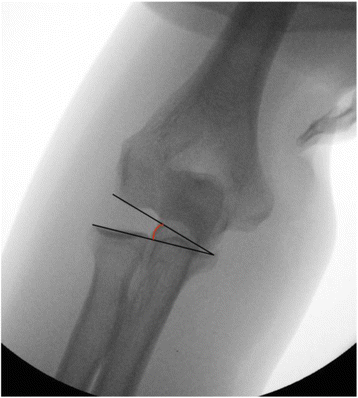

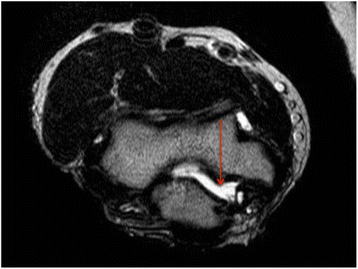
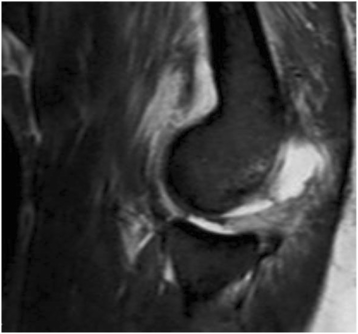
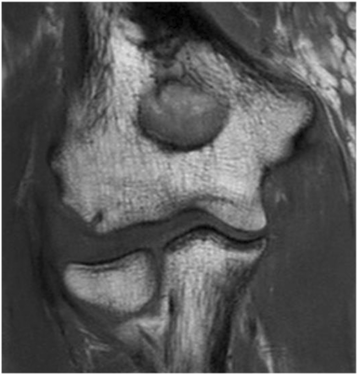

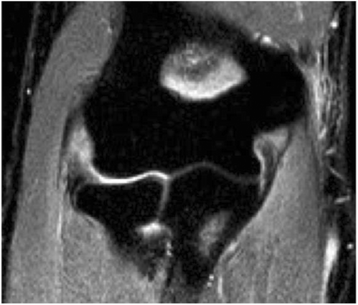
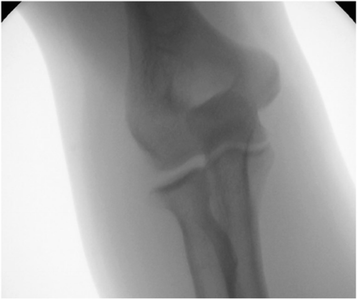
References
Publication types
MeSH terms
LinkOut - more resources
Full Text Sources
Other Literature Sources
Medical

